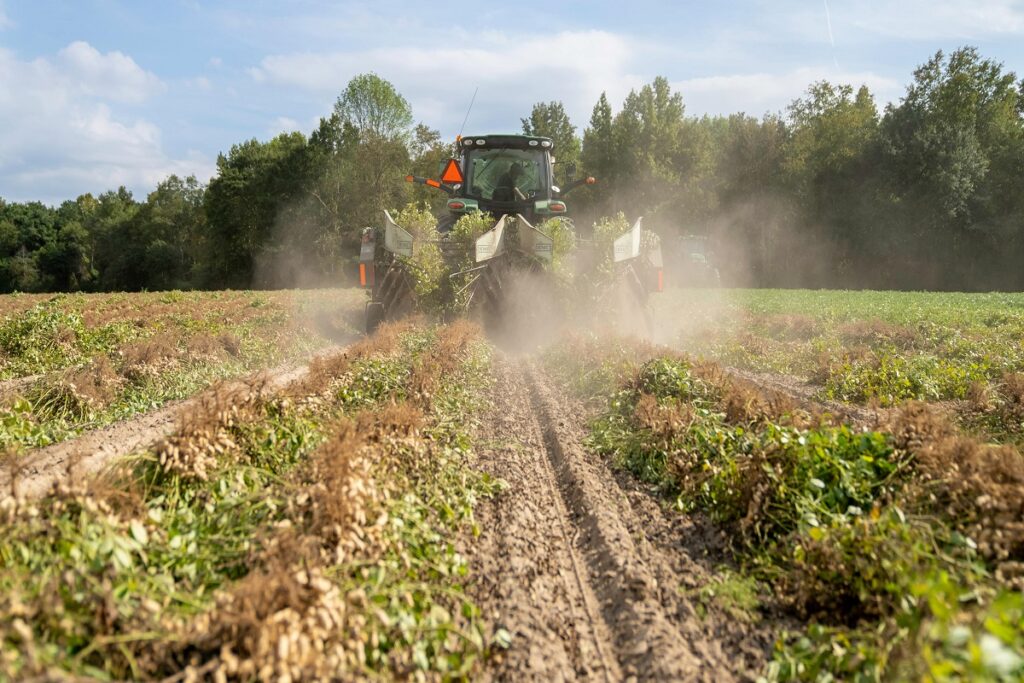Water is a precious resource that sustains life on our planet, and it is essential for various human activities, including agriculture, manufacturing, and energy production. However, as the world’s population grows and climate change exacerbates water scarcity in many regions, water management is becoming an increasingly important issue for businesses and industries that rely on large amounts of water.
During droughts, when water supply becomes limited, local authorities often impose watering restrictions on households and businesses to conserve water resources. These restrictions typically limit the frequency and duration of watering activities, such as lawn watering, car washing, and other outdoor water uses. However, some businesses and industries that use large amounts of water may face stricter watering restrictions than others, depending on their water usage patterns and their impact on the local water supply.
One of the industries that may be subject to stricter watering restrictions during droughts is agriculture. Agriculture is a vital sector that provides food and fiber to the world’s population, and it accounts for the majority of global water withdrawals. Irrigation is a critical aspect of modern agriculture, and it accounts for about 70% of all freshwater use worldwide. During droughts, water availability for agriculture can be severely limited, and farmers may face restrictions on their irrigation practices to conserve water.
To mitigate the impact of drought on agriculture, farmers can adopt various water-saving techniques, such as efficient irrigation systems, soil moisture monitoring, and crop selection. However, these measures may not be sufficient to meet the water needs of all crops, and some crops may suffer yield losses or even fail to grow during droughts. As a result, local authorities may impose stricter watering restrictions on high-water-use crops, such as rice, cotton, and almonds, to conserve water for other essential uses.
Another industry that may face stricter watering restrictions during droughts is manufacturing. Manufacturing is a water-intensive industry that uses water for various processes, such as cooling, cleaning, and product fabrication. In some regions, manufacturing accounts for a significant share of water consumption, and its water usage patterns may strain local water supplies during droughts.
To reduce their water consumption during droughts, manufacturers can implement various water-saving measures, such as water recycling, process optimization, and equipment upgrades. However, these measures may not be enough to meet the water demands of all manufacturing processes, and some manufacturers may need to prioritize their water usage based on their essentiality and impact on the local water supply. For example, high-water-use industries, such as steel production and chemical manufacturing, may face stricter watering restrictions than low-water-use industries, such as electronics and pharmaceuticals.
Energy production is another industry that may be subject to stricter watering restrictions during droughts. Energy production requires water for various processes, such as cooling power plants, extracting fossil fuels, and producing biofuels. In some regions, energy production can be a significant water user, and its water usage patterns may compete with other essential water uses during droughts.
To mitigate the impact of drought on energy production, energy companies can adopt various water-saving measures, such as switching to less water-intensive energy sources, improving water-use efficiency, and investing in water reuse technologies. However, these measures may not be sufficient to meet the water needs of all energy production processes, and some energy companies may face restrictions on their water usage based on their impact on the local water supply. For example, hydropower generation, which relies on water to generate electricity, may face stricter watering restrictions than solar or wind energy, which do not require water for their operation.
In businesses and industries that use large amounts of water may face stricter watering restrictions during droughts to conserve water for other essential uses. While many businesses and industries have implemented water-saving measures to reduce their water consumption and mitigate the impact of droughts, some processes may still require significant amounts of water and may
